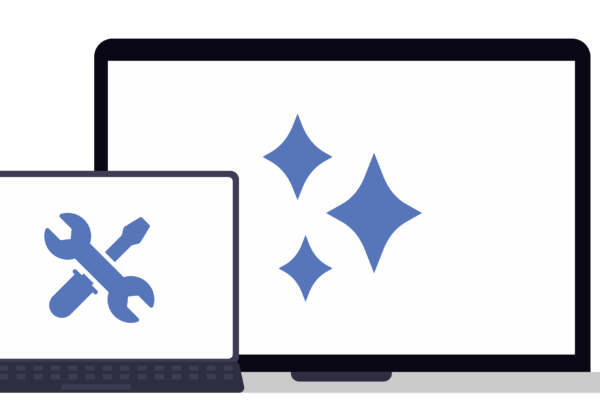
Let us start this conversation with a question, what can a hacker do once inside your network? They have access to all of your Personal Identifiable Information (PII) this includes that love letter you wrote Sally in Uni, your credit card information, they can even spy on you with your own CCTV (laptops camera’s included)
Updates
Keep all of your applications up to date, this includes your Operating System. Windows 10 is currently at build version 1909 (as of 13/03/2020) we highly recommend to all of our customers to update to the latest version, especially if you are still on Win7.
Think of it this way, Win 7 was released back in 22/07/2009 this has given hackers 10 years and 7 months to test and probe for weaknesses on how to hack it.
Phishing/Social Engineering
Phishing is like fishing but you are the catch of the day. Phishing has become more and more advanced to where hackers target individuals themselves and not just your company.
They will do their research on Facebook, Instagram, LinkedIn and many other sites. They use crawlers that will search for all Personal Identifiable Information (PII) available on the internet all of this to make sure you won’t be able to resist the bait they use. From here they can send you an email which can claim to be your best friend from Primary school to even your bank account manager (we have seen them all). One of the best countermeasures is to step back and think about the email, did you have a rich uncle in Saudi Arabia? The answer is probably not… Don’t open email attachments from people you don’t know. Microsoft uses advanced analytics to perform its reputation and signature-based filtering. Which will delegate most of these attacks
Malicious Websites
Malicious websites are a breeding ground for Spyware/Adware/Ransomware/Trojans, these can give a hacker access to your emails/credit card/laptop camera. The best countermeasure for this is a good HIPS (Host Intrusion Prevention System) like Eset Internet Security, Mcafee. There are free versions out there like “Avast” but it was recently discovered that Avast was selling off users personal information to the highest bidder.
Weak Password
In a study done by Digital Gaudian, 76% of people reuse their passwords for more than one site as an example. They will use *childname04* for both financial sites and less secure sites like Dropbox(Dropbox was compromised a few years back). It has become common for hackers to hack a less secure site like Dropbox and then sell off the details on the Dark Web. With that information, they can use that email address and password on multiple sites until they get a hit. They can also use this information to carry out something we call scareware. This is where they will email you saying they have compromising information of you doing less than favourable things (like wearing a Bloubulls jersey).
We can protect ourselves by using different passwords for all our sites, I use Safe In Cloud to save all of my passwords, Safe In Cloud is available on most platforms from Windows, Mac, iPhone and Andriod. Safe in Cloud also uses a highly sophisticated symmetric algorithm that makes it secure from brute force attacks.
Coffee Shops
This one is not related to your home/work network but still needs attention.
A hacker can employ a Man In The Middle attack, this is where he can see all traffic coming and going into your laptop/mobile phone, this can be your credit card info, you sending that picture of yourself wearing a Bloubulls jersey to your boo and much more. The easiest way to counter a Man In The Middle is to encrypt all of your Data. We can use a VPN to ensure that the information going out will be encrypted or we can use Eset Internet Security which now has a feature for secure banking where it will open up a new browser tab and encrypt the data with the highest of TLS security features





Hello. How can I learn more about Internet security and things like password back up to the Cloud (whatever the Cloud is!). More and mode I feel like a babe in the woods and it is just a matter of time before somebody does the dirty on me. Do you offer – or can you refer me to somebody who does – courses on how to bring my limited skills up to date?
Hi Allan, we can definitely help you understand and set you up with better security. In fact, the technician that wrote this article would be happy to help. You can give us a call on 010 007 0012 and press 2 for technical support. Ask for Hein, mention you read his hacking piece and he can guide you in the right direction!